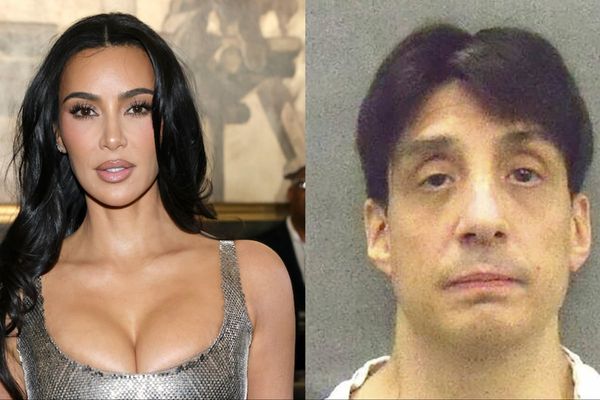If you've ever imagined that you could see a face staring at you from a slice of Swiss cheese, you've experienced a phenomenon known as face pareidolia.
That's the scientific name for seeing faces in everyday objects such as food, clouds or plants.
Now, new research has revealed that when people experience face pareidolia, most visualise a young male face.
The study may help explain why there is a man, not a woman, in the moon or why Jesus appears in toasted sandwiches more often than Mary.
The research, published in the academic journal Proceedings of the National Academy of Sciences, examined the response of more than 3,800 people to a series of images of inanimate objects – some with obvious faces in them, some without.
"What we've concluded is that the minimal information that we need to detect a face is not sufficient to see that face as female," University of Queensland psychology researcher Jessica Taubert told ABC RN Breakfast.
What that means is that when there's just enough visual information to see a face — say, two holes for eyes and one for a mouth — most people perceive that face as male.
Exactly why that is, Dr Taubert said, they're not sure.
"It'll be a little while before we understand exactly why the male bias is so predominant in this case — but it is definitely there."
There was an equal number of male and female subjects and the bias was shared by both sexes, Dr Taubert said.
While the researchers won't be drawn on the reasons behind the bias, Dr Taubert said that, anecdotally, the images subjects perceived as female had obvious feminine characteristics.
She said the research may explain, for example, why we put dresses on the icon for the female bathrooms.
"When I look at the examples of these illusory faces that are perceived as female, they tend to have eyelashes or very predominant lips, or, you know, some kind of feature that we may associate with females," Dr Taubert said.
"So it could be that is the additional information that the brain needs to see these things as female."
Happy tomato, angry toast
Dr Taubert worked on the study with a team of researchers led by Dr Susan Wardle, an Australian neuroscientist based in the US.
The research also examined people's ability to read emotion and age into illusory faces.
Many of the inanimate objects shown to subjects appeared to have a specific expression — for example happy, sad or angry.
"People can identify that very easily," Dr Taubert said.
Dr Taubert said the faces "also seem to have a very specific age", with most being identified as either younger than 10 years old or between 20 and 29 years old.
When combined with the biases already mentioned, this means the faces we see in inanimate objects have a very specific demographic.
"When you see one of these faces in your burnt toast, you're likely seeing a young male," Dr Taubert said.
Immaculate confections
Every so often an image comes along that seems to show a well-known face peering out of an inanimate object — whether that be a rump steak that resembles Donald Trump or a cinnamon bun that looks like Mother Teresa.
This also happened during the research, Dr Taubert said.
A classic example, she said, was the face of Jesus and other religious icons that frequently appear in toast and other foods.
Dr Taubert said not a lot was known yet about how our brains make this happen.
"Probably the next step [in the research] is understanding the narrative that we can see and pull down from these simple illusions," she said.
"We definitely generate whole stories about who these people are ... and what they're doing there."
Dr Taubert said the researchers hope to look at the differences in how different individuals and groups experience face pareidolia.
"What we really want to understand is whether everybody sees these things and whether that's all the time or whether there are different stages of your life where you might not see faces as frequently," she said.
RN in your inbox
Get more stories that go beyond the news cycle with our weekly newsletter.







